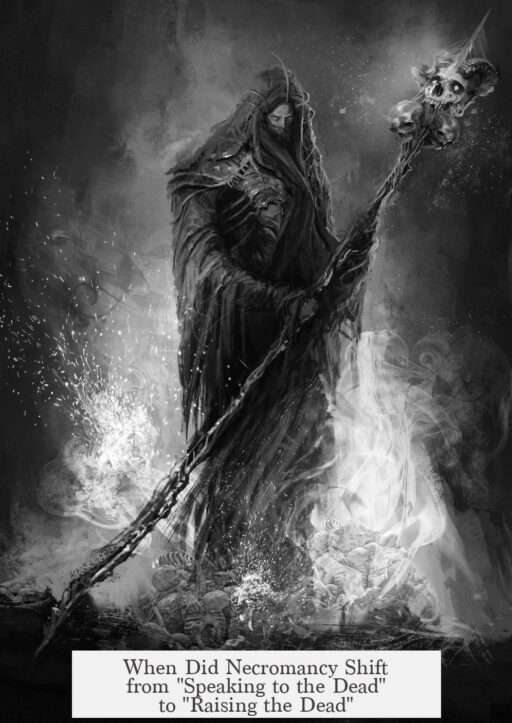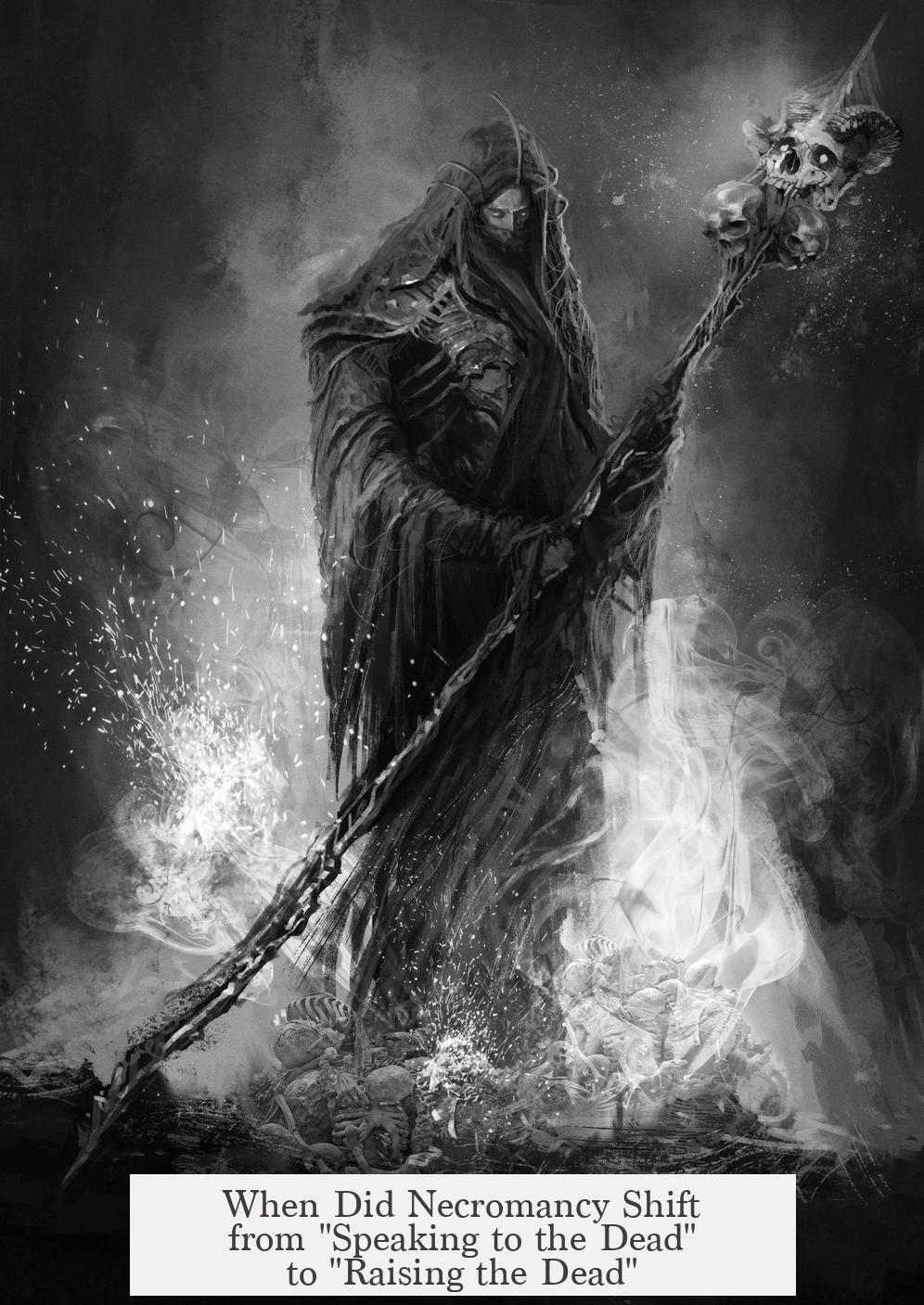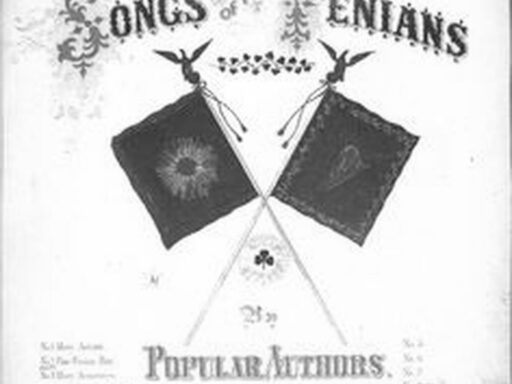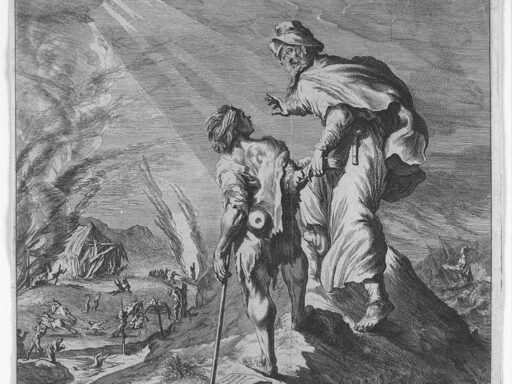The definition of necromancy originally meant “speaking to the dead” rather than “raising the dead.” This shift in meaning occurred gradually, with the original sense focused on consulting spirits to gain information or prophecy. The transition to the idea of physically raising the dead is a later development, largely influenced by recent literature.
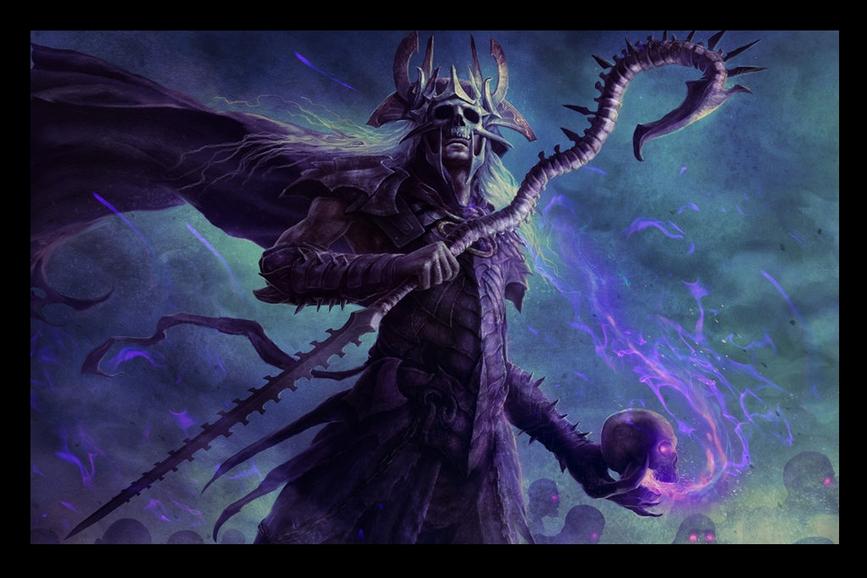
The term “necromancy” entered English in the late 13th or early 14th century from Old French. It referred to the practice of communicating with the dead, primarily as a form of divination. Historical examples, such as the story of King Saul and the witch of Endor in the Bible (Samuel 28:11–20), emphasize summoning the spirit or ghost of the deceased to obtain knowledge.
Throughout history and across cultures, necromancy focused on gaining insight from the dead, often about the future or hidden knowledge. This includes folk traditions and 19th-century spiritualism, where séances sought advice from departed souls. Practitioners—called necromancers—aimed to summon these spirits rather than physically raise the dead bodies.
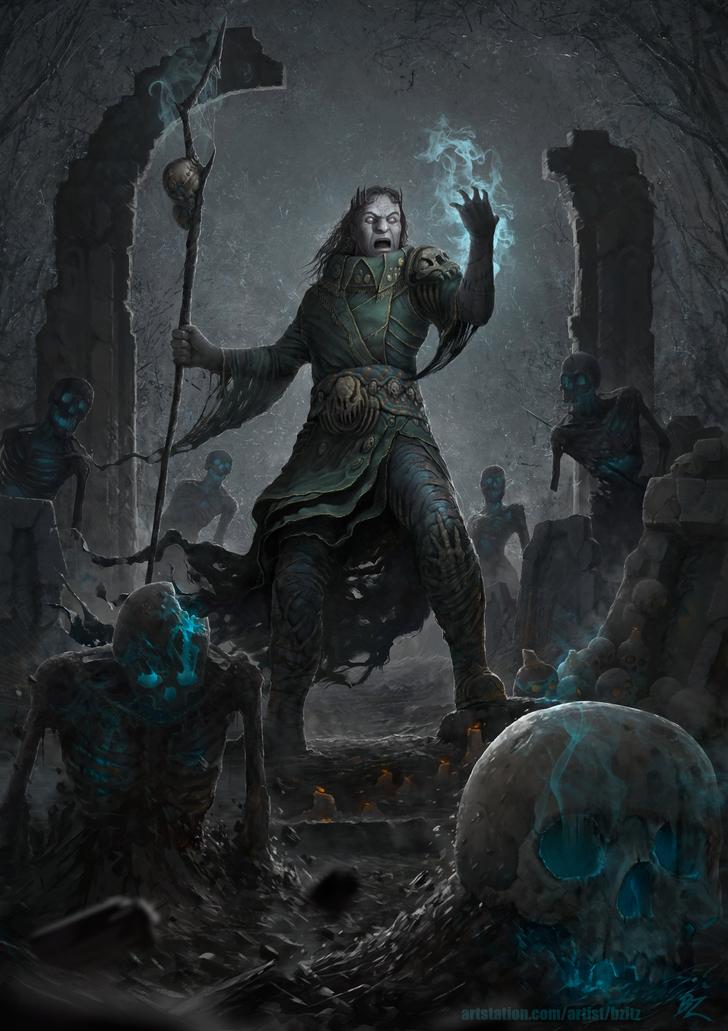
The distinction between summoning spirits in their non-corporeal form and raising physical bodies has always been ambiguous. Some cultures described necromancy as conjuring either the spiritual or bodily presence of the dead, but spiritual communication was predominant.
Ancient Greece distinguished two types of necromancy: katabasis, involving a journey to the underworld, and nekyia, a ritual contacting ghosts to speak. Both underscore necromancy as communication rather than physical resurrection. The idea of raising the dead into corporeal servants or zombies is absent here, suggesting that the concept of “raising” developed later.
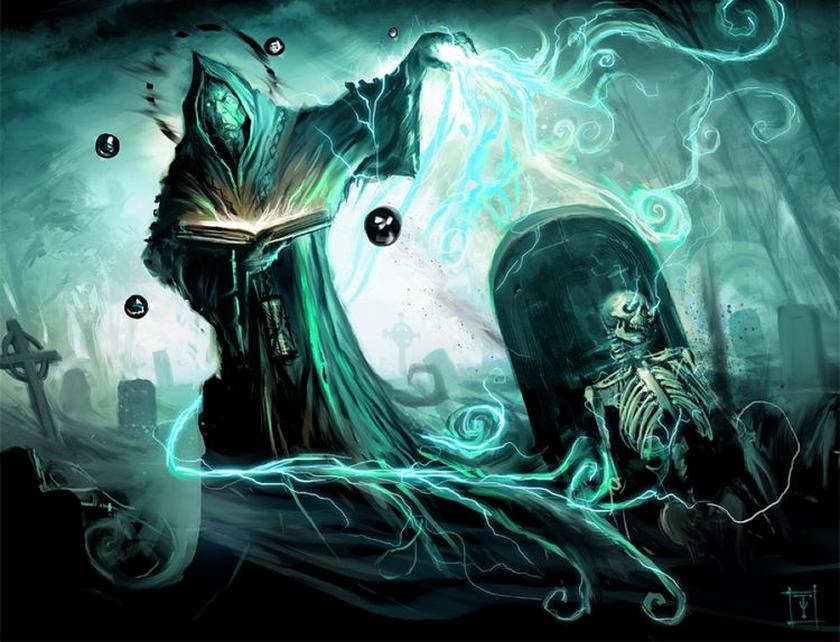
Recent literary works and modern popular culture have shifted necromancy toward the dramatic image of raising the dead physically for control or harm. However, historiographical evidence shows this is a modern innovation, not the original or traditional understanding.
In conclusion, necromancy’s primary and historical meaning remains the act of speaking to or summoning the dead, with the notion of physically raising corpses emerging only more recently and mainly through fiction.
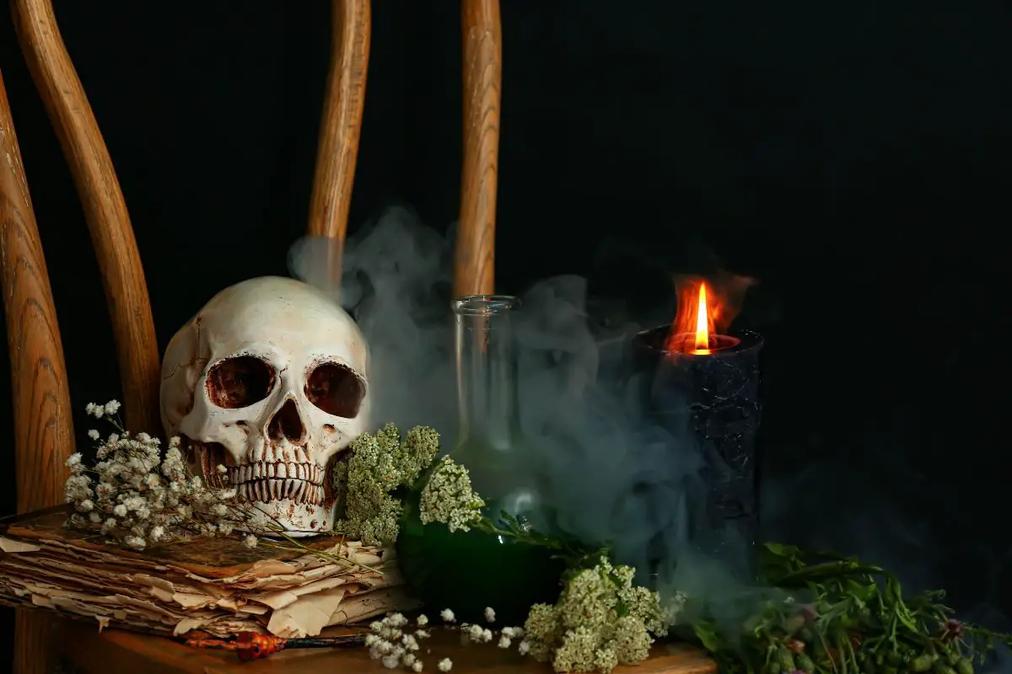
- Necromancy originally meant “speaking to the dead” for prophecy or knowledge.
- First appeared in English in the late 13th/early 14th century referring to consulting spirits.
- Ancient Greek traditions focused on spiritual communication, not bodily resurrection.
- Raising the dead physically is a modern literary development.
- The distinction between spiritual vs. corporeal forms has been unclear historically.
When Did Necromancy’s Meaning Switch from “Speaking to the Dead” to “Raising the Dead”?
The definition of necromancy originally centered on speaking to the dead, not raising them in a physical sense. The shift towards the idea of physically raising the dead came mainly through recent literary interpretations, especially in popular culture. Let’s dive into how necromancy evolved from spiritual consultations to the image of zombies and reanimated corpses.
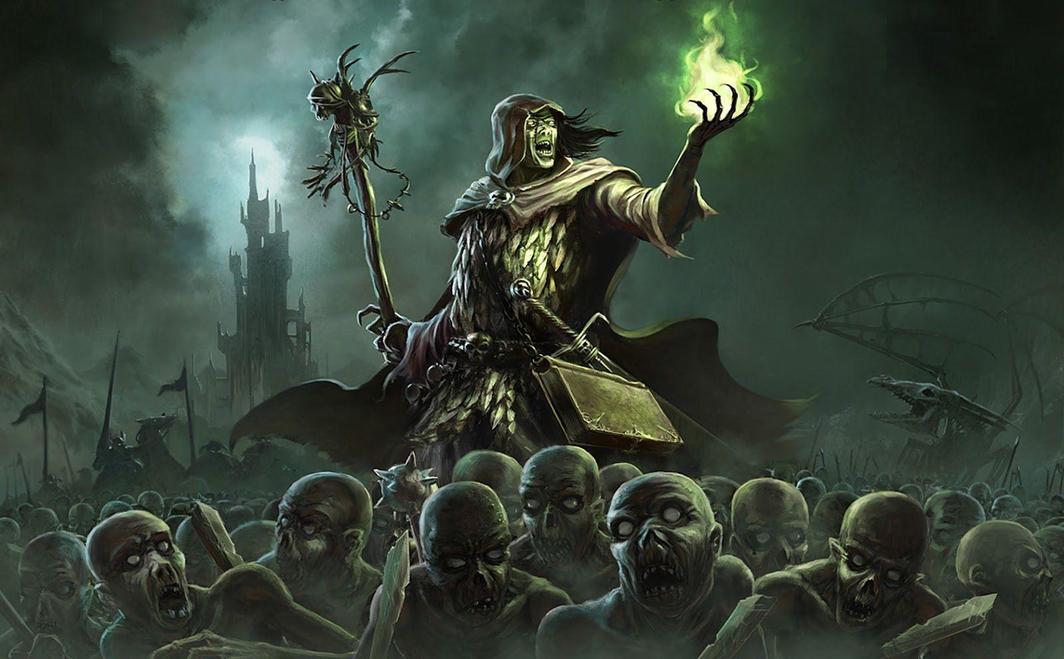
First off, what’s necromancy? The word itself sneaked into English from Old French around the 13th or 14th century. Its root meaning was black magic involving communication with deceased spirits, mainly to get information or predictions about the future. Think of it as a spooky hotline to the afterlife.
One famous example is in the Bible, in the Book of Samuel. King Saul, desperate for guidance, asks the witch of Endor to summon the spirit of the prophet Samuel. This act illustrates the classic necromantic purpose: contacting the dead for wisdom, not raising a corpse to walk around.
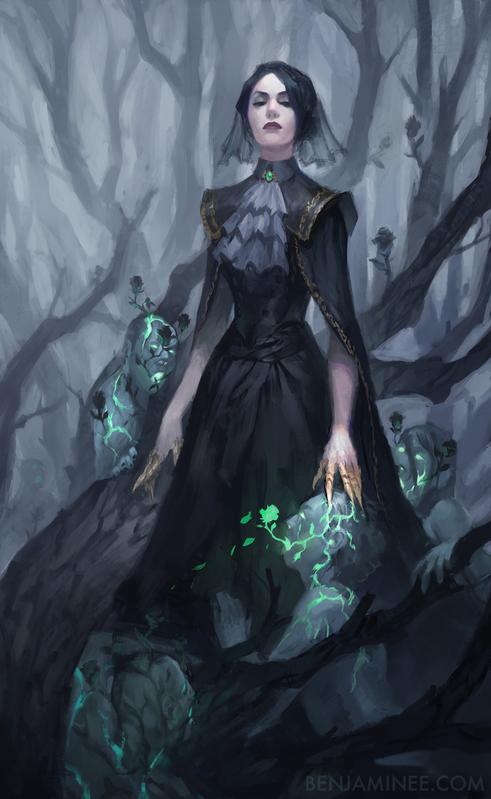
Historically, necromancers focused on conversations with the dead. Whether folk traditions or 19th-century spiritualists with their séances, the goal was insight. People might consult spirits about who to marry or which stocks to buy—practical queries, not creepy reanimation projects.
The Spiritual vs. Bodily Ambiguity
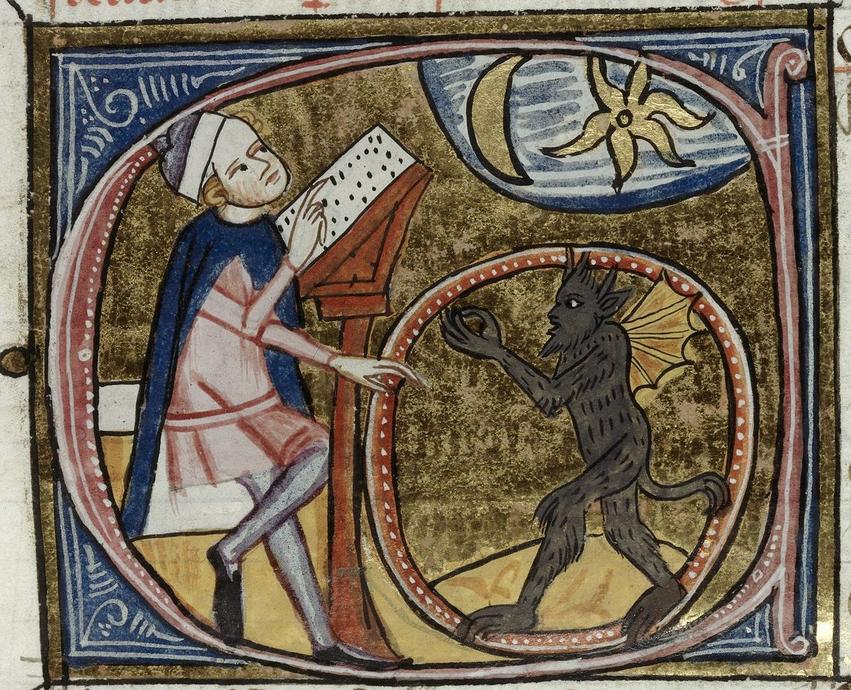
Here’s where things get murky. Cultures have long tumbled over the question: are necromancers talking with spirits or literally summoning the dead’s bodies? The line isn’t always clear, and sometimes one version dominated depending on time and place.
Some necromancers *claimed* the ability to call forth the dead in their full, physical form. But most traditions focused on ghostly appearances, shades rather than flesh and bone.
Imagine it as the difference between phone calls and home visits. Early necromancy was typically a paranormal “call,” not a “knock on the door.”
The Ancient Greek Perspective: Two Sides of the Same Coin
Greeks had two distinct necromantic styles. Katabasis was a journey to the underworld itself. Meanwhile, nekyia was a ritual to summon ghosts. Both involved speaking with the dead, but one required traveling “down below,” and the other relied on invitations to spirits.
This nuance shows necromancy was firmly about dialogue rather than resurrection. The Greeks’ two methods kept the dead separate, not walking around in zombie form.
So When Did “Raising the Dead” Enter the Picture?
This shift towards reanimating the dead’s body for sinister or practical purposes showed up mostly in modern literature. Picture creepy novels and movies—the Frankenstein monster, zombies rising as mindless servants. That’s the context where necromancy began looking less like a chat with ghosts and more like a horror show.
Raising the dead physically was rare and wasn’t the mainstream belief tied to necromancy in traditional practices. Instead, it represents a kind of creative liberty taken in recent centuries, especially with the rise of fantasy and horror fiction.
In simpler terms: necromancy stayed about “speaking to the dead” for most of history, with the “raising the dead” trope a fresh spin from modern storytelling. It’s like how vampires sprouted fangs centuries after tales of blood-sucking spirits.
Why Does the Definition Matter?
The mix-up between “speaking” and “raising” the dead can lead to misunderstandings about ancient beliefs and practices. If you think necromancers were always about undead armies, you might miss the cultural richness of their original roles.
Looking back at history, necromancy is more subtle. It’s prayer, prophecy, and eerie conversations, not zombies shuffling around in chains.
How Does This Affect Us Today?
Understanding the historical roots gives us a clearer lens to view modern culture. When you watch a movie with necromancers raising skeletons, you’re seeing a creative tweak rather than a centuries-old tradition.
For researchers, this helps separate authentic ancient practices from pop culture. For fans of fantasy, it’s an exciting blend of history and imagination.
Takeaway: The Necromancy Evolution in a Nutshell
- Original meaning: Consulting spirits of the dead for knowledge and prophecy.
- Practice: Mostly spiritual summoning, rarely physical resurrection.
- Greek influence: Two approaches — underworld journey and ghost summoning.
- Modern shift: Rise of “raising the dead” linked to recent literary and cultural influences.
- Why it’s confusing: The ambiguous divide between spiritual and bodily presence of the dead.
To sum up, necromancy didn’t **change overnight**. Rather, cultural storytelling slowly morphed the idea. Speaking with the dead reigned supreme for centuries until novels and movies gave necromancers hands-on power over the deceased.
Next time you hear someone talk about necromancy raising zombies, you can smile knowing the original intent was to have a chat, not control a creeptastic army.
